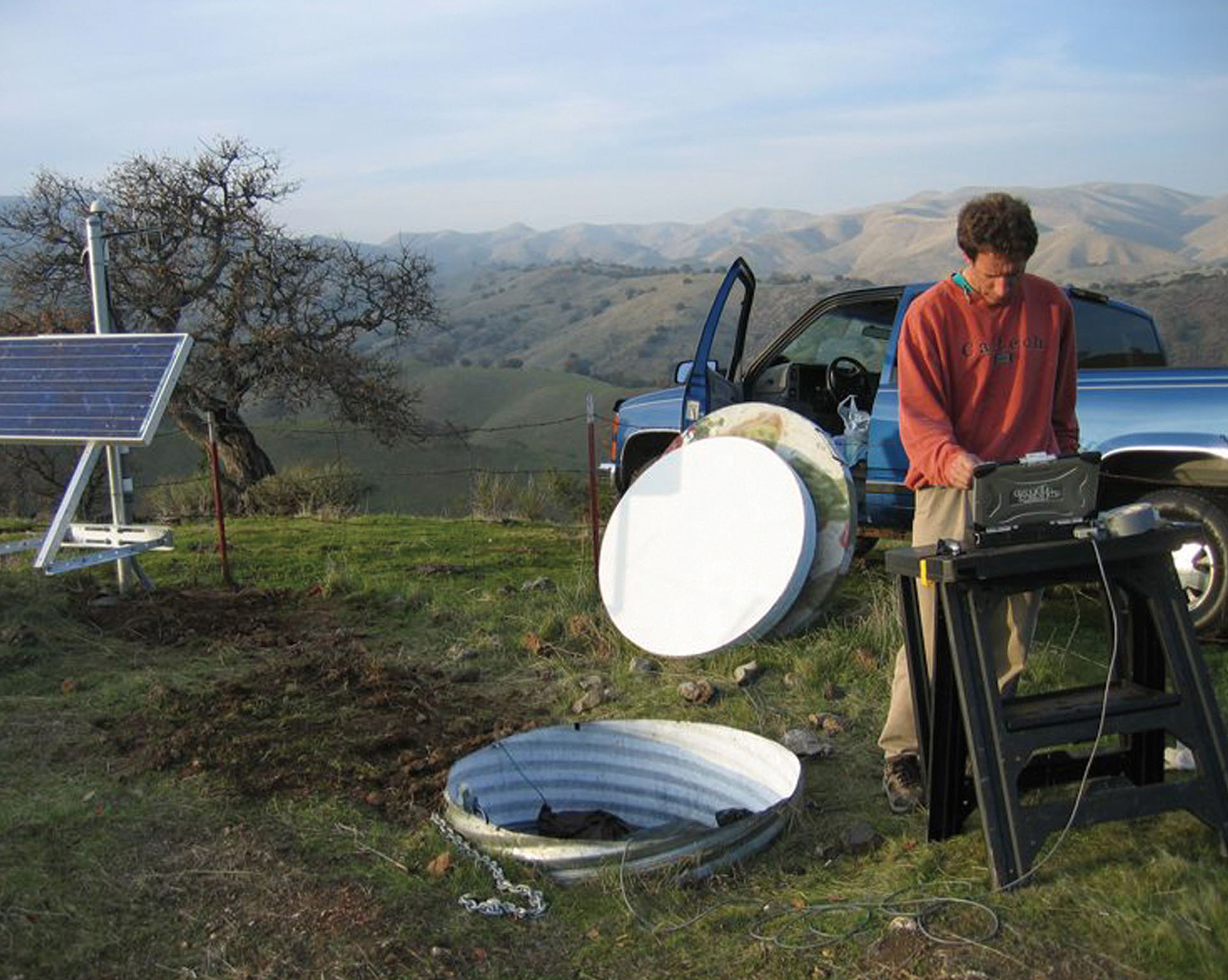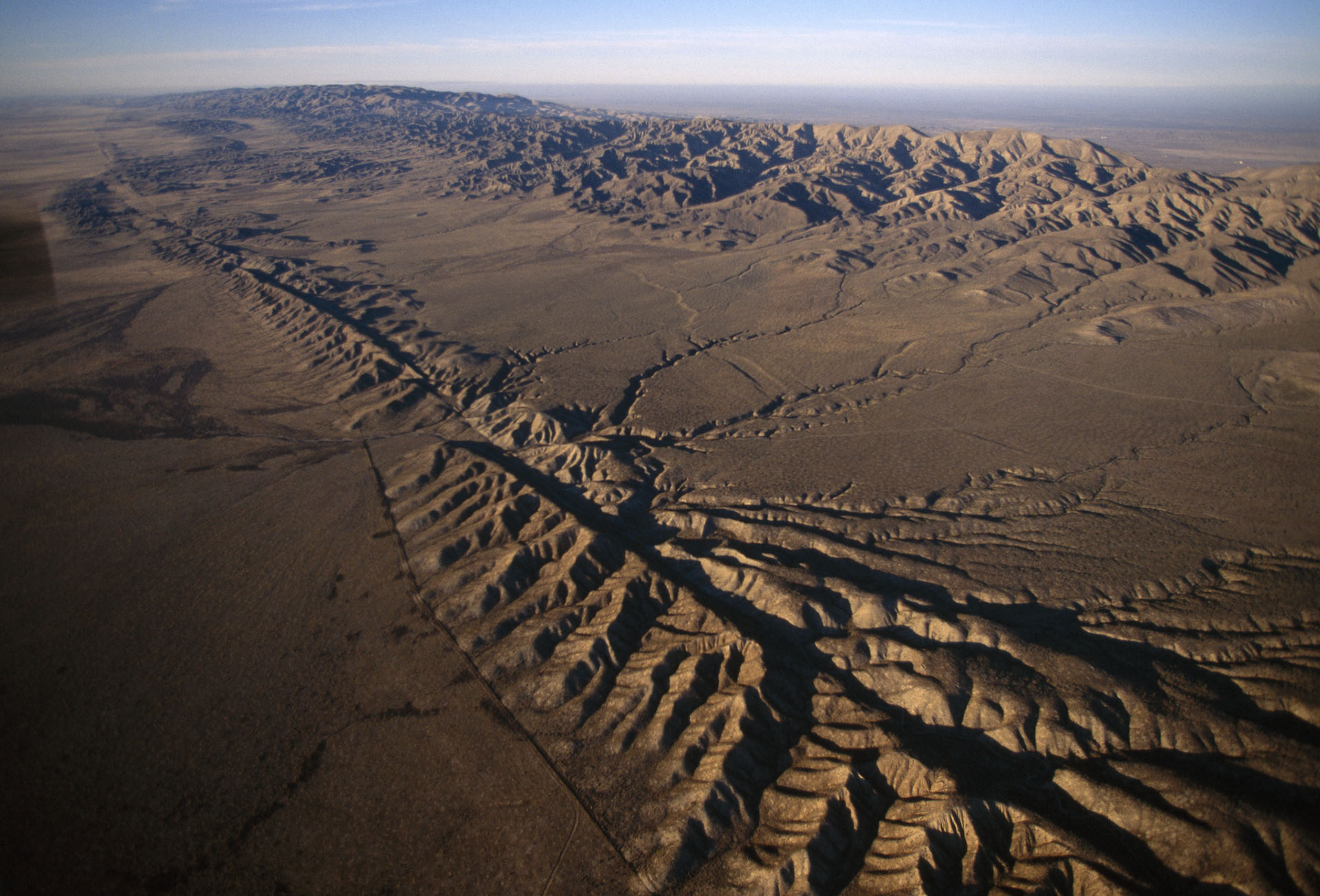If you had a 20 second warning before a major disaster, could you make quick decisions to get to a safer location? What if you only had five seconds? Or even just three seconds?
Over 75 million Americans, across 39 different states, live in areas that are prone to seismic, or earthquake, activity. The Federal Emergency Management Agency (FEMA) estimates over $5 billion in losses each year, in the United States, due to earthquake activity. An incredible 4 billion of those dollars comes from just the West coast of California, Oregon, and Washington.
The West coast is particularly geologically active. Thousands of small earthquakes occur in California each year. Some are so small that they are barely noticeable, while others cause substantial damage. One of the worst earthquakes in history was the Great San Francisco Earthquake of 1906.
Although the destruction and losses were catastrophic, scientists gained a lot of information from the event and it has helped future generations of geologists understand how Earth works.

The San Andreas fault, located in California, sits at the boundary between the Pacific Plate and the North American Plate. A fault is a fracture in Earth’s crust consisting of a thin zone of crushed and broken rocks. The plates at this boundary move very slowly, almost as slowly as your fingernail grows. The slow motion along this plate boundary leads to frequent earthquakes. When two plates slide horizontally past one another, this is known as a transform tectonic boundary.
Earth’s outermost, rigid layer includes more than a dozen slabs of rock, called tectonic plates. Each of these tectonic plates is slowly and constantly moving. Many times, fascinating geologic events such as volcanoes, earthquakes and faults occur at plate boundaries, or where one tectonic plate meets another.
(Garry Gay)

Viewing the fault from overhead, an observer may notice a series of connected linear valleys, lakes, bays, and other landforms. Yet from the ground, the fault is hardly noticeable and can only be observed by examining specific landforms and geologic structures.
Earthquakes are inevitable. Earth’s internal energy will continue to cause shifts at Earth’s surface resulting in earthquakes. Though we cannot prevent earthquakes from occurring, we can use our scientific and engineering knowledge to make the best decisions for living in earthquake-prone regions.
Any warning at all has the potential to save lives, prevent injury, and prepare for potential damage.
With that goal in mind, scientists and engineers are developing and testing technology to provide coastal California with early warning alerts for earthquakes.
Areas along the San Andreas fault and throughout California have imposed building codes and regulations. Designing and constructing new buildings with earthquakes in mind is a good first line of defense. Additionally, developing seismometer networks provides scientists access to massive amounts of data about the location and type of earthquakes. This data has enhanced our ability to analyze and prepare for future events more accurately.
The US Geological Survey (USGS) along with university partners are in the process of developing and implementing an early warning system called ShakeAlert. This system takes advantage of the ability of mobile phone technology to communicate information at a moment's notice. Seismometers can instantly detect shaking near the epicenter of an earthquake. Because ground vibrations spread at about one mile per second (much slower than phone communications), the ShakeAlert system is able to transmit information to surrounding areas before destructive shaking reaches them. The larger and more distant an earthquake is, the greater the possible warning time. In the best situation, the system can provide a warning several minutes before the earthquake hits an area.
ShakeAlert capitalizes on the fact that the first seismic waves, Primary waves or P-waves, rarely do the most damage. The technology uses information from P-waves and how they radiate from a given point to calculate intensity and location of an earthquake.
When large earthquakes are detected, the system lets residents in surrounding areas know that the stronger, but slower, S-waves and surface waves are on their way. The Secondary S-waves cause strong shaking, which is generally responsible for the most damage during an earthquake.
So think back to the three, five, or twenty seconds of warning presented at the beginning of this reading. In the same amount of time that it takes for you to check a text message, you could protect yourself by getting under a desk or stepping away from a heavy bookshelf. Next time you take three seconds for granted think about how valuable it could truly be. By issuing public warnings, ShakeAlert has the potential to change the way we prepare for and react to earthquakes.
(Iris)




